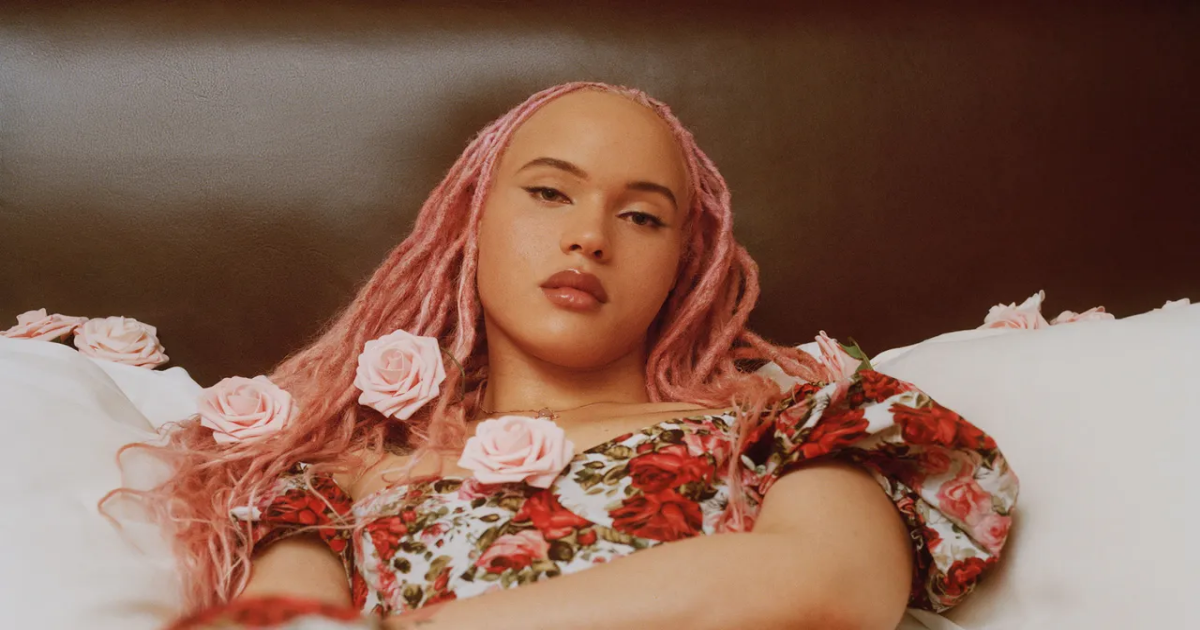In the corner of a rustic Williamsburg café, Airyn De Niro tells me about getting locs for the first time. She recites the rhythm of the stylist’s deft fingers working through her curls: Wash, comb, retwist. Wash, comb, retwist. During a visit to Annette Roche’s beloved New York City salon, Airyn’s tender scalp ached as she listened to Black women share gossip and make small talk. Hours passed before the loctician, a stylist specifically for locs, tapped her on the shoulder. Her hair was done at last. As she left the salon, she caught a glimpse of her reflection and did not look away.
The 29-year-old’s first appointment at a Black hair salon, which she made after seeing Halle Bailey’s locs in The Little Mermaid, marks a turning point in her journey toward liberatory gender expression. An aspiring model and voice actor studying to be a mental health counselor, Airyn is taking a break from her daily grind to speak with me about navigating her transition, the entertainment industry, and the media attention that comes with being Robert De Niro’s daughter. As she enters the café, a cascade of pink locs flows down her back.
“It just felt right,” Airyn says of her locs, which look as weightless and colorful as butterfly wings against her all-black fit. “I feel like I’m meant to be doing this.”
Airyn, a devoted Tyla stan and avid gamer, carries herself with the innate openness and generosity only a Libra could muster. When we sit down and start talking, she quickly assures me that I can ask her anything and before long, we’re talking like old friends, laughing, nodding, and complimenting each other’s looks (“You’re that girl!” “No, you’re that girl!”)
Aleck Venegas
In the same way that caterpillars are born knowing how to build a chrysalis in which to transform, the practice of looking and feeling beautiful is not a shallow pursuit for Airyn; it is her birthright. Black women have participated in hair braiding traditions since at least 3500 B.C. Today, the salon gives us a safe space to protect our hair, continue intergenerational beauty rituals, and define our sense of style and self-expression. For Airyn, this sacred cocoon of dryer heat and hair gel is a refuge from the scrutiny she faces in her daily life.
In the weeks following her visit to the loctician, paparazzi snapped a photo of Airyn visiting her dad at the Greenwich Hotel. The tabloids wasted no time in reporting on her “new look” with all the grace of a manosphere podcaster. “Robert De Niro’s nepo baby son shows off shock transformation with heels and pink hair in rare sighting,” the Daily Mail breathlessly reported on March 19, only twelve days before Trans Day of Visibility. Other outlets quickly followed suit, robbing Airyn of the opportunity to come out to the public on her own terms. The articles called her outfit — which included a knee brace for a dislocation injury she experienced in January — “edgy, rebellious,” and “barely recognizable” compared to her pre-transition public appearances. None of these outlets, Airyn says, reached out to her before publishing their articles.
“There’s a difference between being visible and being seen. I’ve been visible. I don’t think I’ve been seen yet.”
“I actually didn’t find out about the Daily Mail thing until like a week after it was posted,” Airyn tells me in her characteristically soft, lilting soprano. Out of all that the tabloids got wrong, she says that two aspects of their reporting stood out to her: For one, the articles mostly regurgitated facts about her parents and twin brother. But they also called her a “nepo baby” despite her low profile and ongoing efforts to gain success independently. They were attention-grabbing headlines and nothing more, barely mentioning Airyn herself outside of her gender presentation or proximity to fame.
“Not only did they get information wrong about me… They just sort of reminded me that people really don’t know anything about me,” she says.
